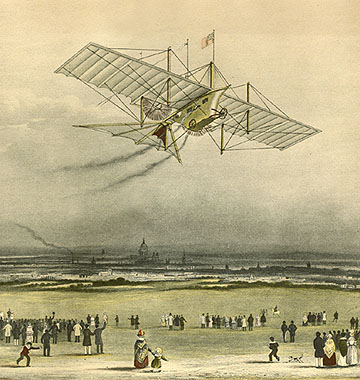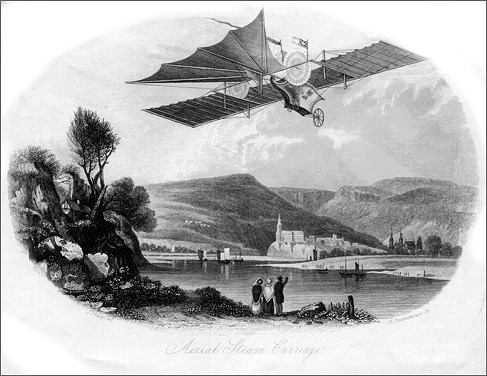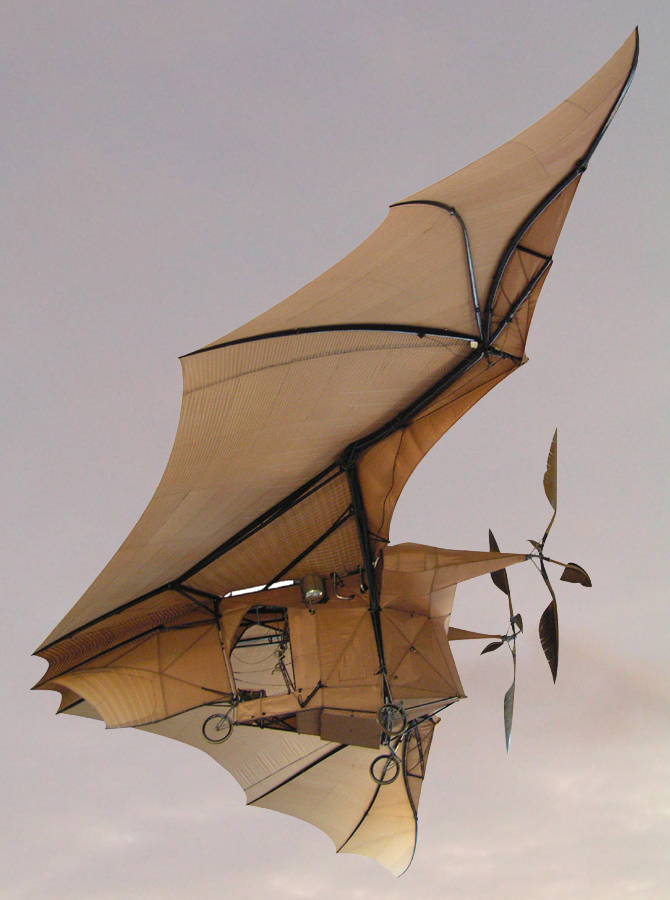Tuesday, May 15, 2018
"Oh, the things that you'll see."
To get a handle on turn-of-the-century mentality, you have to focus not
just on the newness of individual technologies, but of the very idea of
being able to do these now ordinary things. At the beginning of the 19th
century, the only way to capture an image was to have a highly skilled
artist draw or paint it. The process was inexact, expensive and so slow
that anything that could not remain still for an extended period of time
had to be represented from memory.
For people around 1900, viable photography was still a relatively recent
development, very much in living memory. It would not have been
difficult to find someone who remember the first time he or she saw a
photograph. Furthermore, this fantastic advance kicked off a dizzying
flood of ever more impressive innovations. Cameras and film became
cheaper, simpler, and more compact. Pictures started to move.
Photographs could be transmitted over telegraph. You could see images of
the skeleton of a living human being and capture an instant in time.
One of the points we keep coming back to in this thread is that our
concept of the future was the product of a generation of explosive and
(even more importantly) ubiquitous technological growth which was the
culmination of a century of exponentially advancing innovation. Our
framework for thinking about the world that's coming was largely formed
in a period of technological change unmatched before or since.
From Scientific American 1909/12/18
Tuesday, January 30, 2018
Steam-powered airplanes
The Aerial Steam Carriage
The Henson Aerial Steam Carriage of 1843 (imaginary representation for an advertisement).
Patent drawing for the Henson Aerial Steam Carriage of 1843.
- 1842: The Aerial Steam Carriage of William Samuel Henson and John Stringfellow was patented, but was never successful, although a steam-powered model was flown in 1848.
- 1852: Henri Giffard flew a 3-horsepower (2 kW) steam-powered dirigible over Paris; it was the first powered aircraft.
- 1861 Gustave Ponton d'Amécourt made a small steam-powered craft, coining the name helicopter.
- 1874: Félix du Temple flew a steam-powered aluminium monoplane off a downhill run. While it did not achieve level flight, it was the first manned heavier-than-air powered flight.
- 1877: Enrico Forlanini built and flew a model steam-powered helicopter in Milan.
- 1882: Alexander Mozhaisky built a steam-powered plane but it did not achieve sustained flight. The engine from the plane is in the Central Air Force Museum in Monino, Moscow.
- 1890: Clément Ader built a steam-powered, bat-winged monoplane, named the Eole. Ader flew it on October 9, 1890, over a distance of 50 metres (160 ft), but the engine was inadequate for sustained and controlled flight. His flight did prove that a heavier-than-air flight was possible. Ader made at least three further attempts, the last two on 12 and 14 October 1897 for the French Ministry of War. There is controversy about whether or not he attained controlled flight. Ader did not obtain funding for his project, and that points to its probable failure.[1]
- 1894: Sir Hiram Stevens Maxim (inventor of the Maxim Gun) built and tested a large rail-mounted, steam-powered aircraft testbed, with a mass of 3.5 long tons (3.6 t) and a wingspan of 110 feet (34 m) in order to measure the lift produced by different wing configurations. The machine unexpectedly generated sufficient lift and thrust to break free of the test track and fly, but was never intended to be operated as a piloted aircraft and so crashed almost immediately owing to its lack of flight controls.
- 1896: Samuel Pierpont Langley successfully flew unpiloted steam-powered models.[2]
- 1897: Carl Richard Nyberg's Flugan developed steam-powered aircraft over a period from 1897 to 1922, but they never achieved more than a few short hops.
Ader Avion III





No comments:
Post a Comment